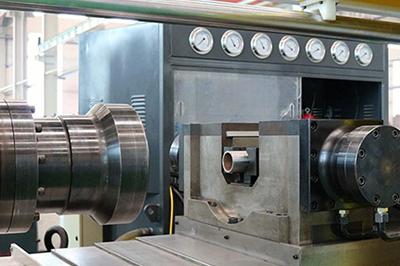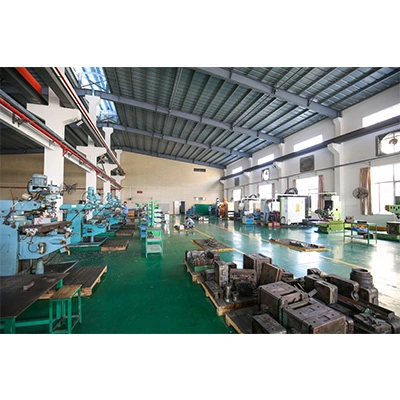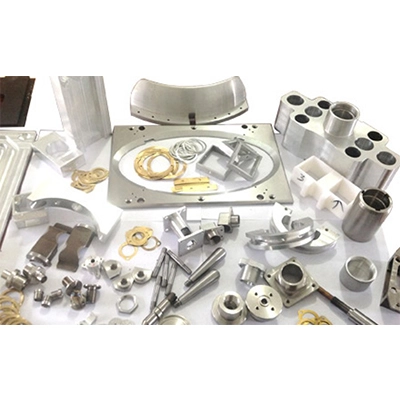

The technology of conventional overall quenching has been difficult to meet the requirements on high surface wear resistance and toughness of the die casting mold.
Surface strengthening treatment can not only improve the wear resistance and other properties of the surface of die casting mold, but also keep the matrix strong and tough enough, while preventing molten metal from sticking to the mould and causing erosion, which improves the overall performance of the die casting mold and saves alloying elements. Besides, it dramatically reduces costs, realizes the full potential of materials, and makes better use of new materials.
Production practice shows that surface strengthening treatment is an important measure to improve the quality of die-casting molds and prolong the service life of the molds. The technologies of surface strengthening treatment often used in die casting molds are: carburizing, nitriding, nitrocarburizing, boronizing, chromizing and aluminizing.
(1) Carburizing is the most widely used chemical heat treatment method in the machinery industry. The pressure casting process is characterized by: heating medium-low-high-carbon low-alloy die steel and medium-high-carbon high-alloy steel mold in a carburizing active medium (carburizing agent) to 900℃-930℃, so that carbon atoms penetrate into the surface layer of mold, followed by quenching and low-temperature tempering. Then the surface layer and core of the mold have different compositions, structures and properties.
(2) The carburizing pressure casting process is further divided into solid carburizing, liquid carburizing and gas carburizing. Recently, it has developed into controlled atmosphere carburizing, vacuum carburizing and benzene ion carburizing.
(1) The process of infiltrating nitrogen into the surface of the steel is called nitriding of steel. Nitriding can enable die casting mold parts to obtain higher surface hardness, wear resistance, fatigue properties, red hardness and corrosion resistance compared to carburizing. Because the nitriding temperature is low (500 to 570 ℃), the deformation of the die casting mould parts after nitriding is small.
(2) The nitriding pressure casting process methods include solid nitriding, liquid nitriding and gas nitriding. At present, new technologies such as ion nitriding, vacuum nitriding, electrolytic catalyzing high-frequency nitriding and high-frequency nitriding are widely used, which shortens the nitriding time and obtains high-quality nitriding layers.
(1) It is a low-temperature nitrocarburizing process (530°C to 580°C) that simultaneously infiltrates nitrogen and carbon in a medium containing activated carbon and nitrogen atoms, and is mainly nitriding. The brittleness of the infiltrated layer of nitrocarburizing is small, and the co-infiltration time is much shorter than the nitriding time. After the die casting mold is nitrocarburized, its thermal fatigue properties can be significantly improved.
(2) The harsh working conditions require the die casting mold to have good high-temperature mechanical properties, cold and thermal fatigue resistance, liquid metal erosion resistance, oxidation resistance, and high hardenability and wear resistance. Heat treatment is the main manufacturing process that determines these properties.
The heat treatment of the die casting mold is to change the structure of the steel so that the surface of the die casting mold has high hardness and wear resistance, while the core still has sufficient strength and toughness, while effectively preventing molten metal from sticking to the mold and causing erosion. Choosing the right heat treatment process can reduce scraps and significantly increase the service life of die casting molds.


